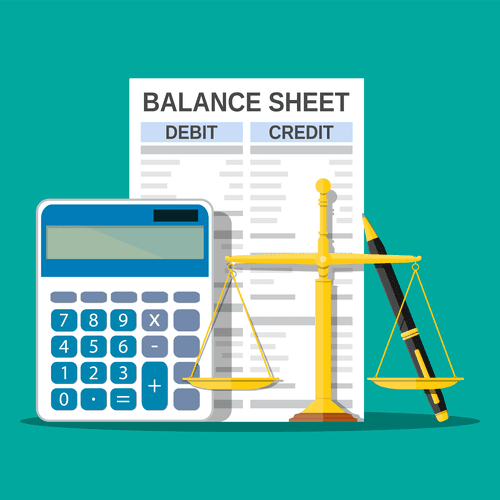
For these walk-throughs, however, we’re assuming you’ve already looked over the different events and scenarios that can prompt pro forma adjustments. Now that we understand what a pro forma is and why they’re so uniquely insightful, let’s zoom in on how companies can use them. Therefore, to paraphrase Merriam-Webster, pro formas involve or are based on a suggested idea or theory.
To illustrate the process of creating pro forma financial statements, meet Sally, the owner of Centerfield Sporting Goods. Centerfield is a small firm that manufactures baseball gloves, and Sally is creating pro forma reports for the 2021 fiscal year. Every small business should create a budget, and the budgeted financial results are pro forma statements. An owner may create pro forma reports to assess the potential profitability of a product, or to determine if a business expansion makes financial sense. A pro forma statement estimates your company’s future financial performance. The term “pro forma” specifically means “based on financial assumptions or projections” which all business plans are.
Pro Forma Company Income Statements
For this projection, you need to determine where in your company the investments would be parlayed. For example, you may be able to add the investment onto the balance sheet under the cash row in the historical with acquisition pro forma template, or you may have to divide the investment under multiple rows. Check the templates in this guide to determine which is right for you to create your own. Pro forma financial statements may present an optimistic picture of a company’s financial health, intentionally or unintentionally, that differs from the reality per Generally Accepted Accounting Principles (GAAP). The adjusted nature of pro forma statements allows management to exclude certain items that they consider non-recurring or extraordinary.
For example, a company may create pro forma statements to assess the financial impact of an economic downturn, allowing for contingency planning and adjustments to operational strategies. By simulating various scenarios, businesses can develop strategies to weather economic uncertainties and position themselves for resilience. A pro forma cash flow statement is an estimate of how your company’s cash flows over a period of time. It shows your expected cash inflows and outflows and can be used to assess your company’s financial health and ensure you never run out of money. These reports provide key stakeholders, investors, and creditors the foresight needed to make decisions and strategically plan. Managers and individual contributors can also benefit from creating pro forma statements, enabling them to understand different factors impacting business units.
How do we “Forecast” an Income Statement?
Accountants, management consultants, and entrepreneurs are the usual professionals who produce pro forma documents. On the other hand, management consultants utilize pro forma documents as tools that set the decision criteria in studying and acquiring financial assets. Meanwhile, entrepreneurs use these documents to attract potential investors https://www.bookstime.com/ or to appeal to other funding sources. They have multiple uses for multiple scenarios, ranging from sales growth projections and risk analysis to more intricate M&A or investment purposes. Unfortunately, most organizations don’t have a fleet of battle-tested CPAs to fully leverage pro formas, especially startups and small businesses.

An investment projection would showcase what an influx of cash could potentially do to your business. For example, if you were contemplating taking on an investor, it would give you a risk vs. reward scenario. For example, sales might be presented as 15% higher (best case), 5% higher (expected), 20% lower (worst case).
Cash Flow Forecast
Although proforma invoices are widely used, it is easy to confuse them with regular invoices. A full-year projection is just what the name suggests—accounting for the current year. For example, if it’s currently April and you proforma example want to perform a full-year pro forma projection, you would account for all the financials up to April and project the remainder of the year. These are models that forecast the expected result of the proposed transaction.
- At the bottom of the ‘Labor’ table, enter the state’s sales tax (as a percent) in the ‘sales tax’ field.
- Unexpected changes in the business environment, market conditions, or regulatory landscape can render pro forma projections inaccurate.
- This document also acts as a tentative agreement and is called the proforma invoice.
- Despite their limitations, pro forma financial statements have a place in financial planning and forecasting.
- Put another way, they use information that can vary substantially from actual data.
- The limitations should discuss the challenges of predicting the financial future of a company.

